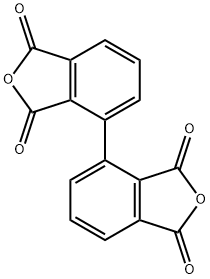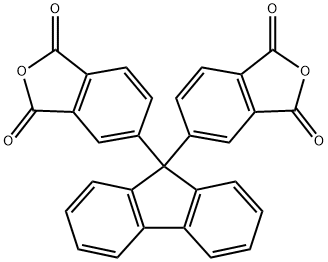
119389-05-8
- Product Name:4-PEPA
- Molecular Formula:C16H8O3
- Purity:99%
- Molecular Weight:248.23
Product Details:
CasNo: 119389-05-8
Molecular Formula: C16H8O3
Appearance: White to yellow to green crystalline powder
Packing: Aluminium bag
Throughput: 10000KG/Month
Purity: 99%
4-Phenylethynylphthalic Anhydride (abbreviated as 4-PEPA) boasts excellent thermal stability and good reactivity, rendering it widely applicable in various high-end fields such as polymer materials, electronic chemicals, and pharmaceuticals. The specific applications are as follows:
1. Synthesis of High-Performance Polymers such as Polyimides
This constitutes the core application of 4-PEPA. As a key monomer, it can be used to synthesize thermosetting polyimide resins. The resulting polyimides not only exhibit outstanding mechanical strength, heat resistance, and electrical insulation properties but also possess a low dielectric constant. They can be processed into composites, films, and other forms, and are utilized in critical components such as aircraft engine parts and microelectronic packaging materials in the aerospace field. Additionally, PEPA can be employed in the preparation of modified polymers, catering to the manufacturing of high-performance components in the automotive industry.
2. Preparation of Functional Materials for the Electronic Field
With the rapid development of the semiconductor industry, the demand for PEPA in electronic chemicals continues to grow. It can be used to produce photoresist materials in semiconductor manufacturing, meeting the high-performance requirements of electronic materials for emerging technologies such as 5G communications and artificial intelligence. Furthermore, leveraging its excellent electrical insulation properties, PEPA can also be used to manufacture insulating materials and conductive polymers in the electronic field, helping to enhance the stability and reliability of electronic devices.
3. Serving as an Intermediate in Pharmaceutical and Pesticide Synthesis
In the pharmaceutical field, PEPA is an important raw material intermediate. The ethynyl group in its structure can undergo click chemistry reactions with other functional groups, facilitating the construction of compound libraries with specific biological activities. This provides a material basis for the research and development, as well as screening, of new drugs such as anti-tumor and cardiovascular medications. Meanwhile, PEPA finds applications in pesticides and insecticides. With the global increasing demand for high-efficiency and low-toxicity pesticides, the demand for PEPA in this field is also on the rise.
4. Production of Special Industrial Auxiliaries
In industry, PEPA can be used to prepare high-temperature-resistant adhesives and coatings, which are suitable for the bonding and surface protection of equipment and components used in high-temperature and complex environments. Additionally, it can act as a plasticizer to improve material flexibility and as a component of adhesives to enhance bonding strength, expanding its application scenarios in the field of special chemical auxiliaries.
5. R&D of Functional Materials
Owing to its electron affinity and chemical reactivity, PEPA holds significant value in the R&D of functional materials. It can be used to manufacture fluorescent materials, nonlinear optical materials, and magnetic materials, among others. The main demand for these materials is concentrated in cutting-edge fields such as optical displays and optical communications, providing material support for technological upgrading in related areas.
Relevant Products
-
Decanoyl/octanoyl-glycerides
CAS:65381-09-1
-
i-BPDA
CAS:3711-04-4
-
BPAF
CAS:135876-30-1








